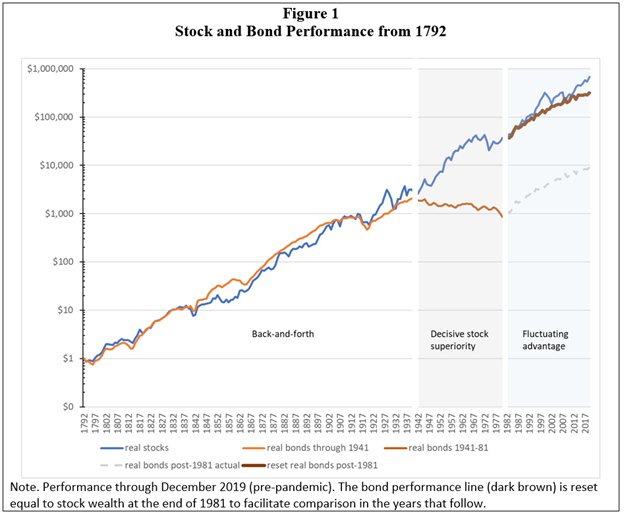© Reuters. FILE PHOTO: A view of a giant display of stock indexes, following the coronavirus disease (COVID-19) outbreak, in Shanghai, China October 24, 2022. REUTERS/Aly Song/File Photo
By Danilo Masoni and Tom Westbrook
MILAN/SINGAPORE (Reuters) – World stocks eased on Wednesday and bonds remained supported after a chorus of Wall Street bankers warned about a likely recession ahead, tempering optimism about China’s major shift in its tough zero-COVID policy.
Top executives at Goldman Sachs (NYSE:), J.P. Morgan and Bank of America (NYSE:) all sounded downbeat in remarks on Tuesday about the economic outlook, hurting risk appetite globally and triggering fresh recession signal from bond markets.
“Yields have accentuated the downward trend, which is somewhat of a novelty. In previous phases of risk aversion bonds tended to fall along with stocks, precisely because the risk-off mood was driven by fears over inflation and monetary policy,” said Giuseppe Sersale, fund manager at Anthilia in Milan.
“Now, concerns over economic growth seem to be overtaking those over inflation,” he added.
The darkening economic outlook drove fresh safe-haven demand for the U.S. dollar on Wednesday and longer-dated bonds extended their gains, while oil eased after a sharp fall on Tuesday.
“Economic growth is slowing,” said Goldman Sachs CEO David Solomon. “When I talk to our clients, they sound extremely cautious.”
A weak start across European equity markets set the pan-regional index for its fourth straight session of losses, down 0.1% by 0903 GMT. MSCI’s broadest index of Asia-Pacific shares outside Japan fell 1.5%.
That sent the MSCI’s benchmark for global stocks down 0.3%. were 0.07% higher by early morning in Europe after losses on Tuesday.
China’s national health authority said on Wednesday that asymptomatic COVID-19 cases and those with mild symptoms can self-treat while in quarantine at home.
While some of the changes announced echoed similar easing moves made by other countries many months ago, the announcement was the strongest sign so far that China is preparing its people to live with the disease after nearly three years of crippling restrictions that have battered the economy.
Market reaction, however, was negative as the focus shifts to how well China can execute its policy shift, especially if new cases surge over winter. Analysts say the path to fully reopening the economy will be long and not without risk.
The fell 0.4%, Hong Kong’s slumped 3.2% and the yuan was down 0.2% at 6.9808, giving up early gains.
“The reality on the ground is still one of continued pressure, even as the outlook is improving somewhat,” said Mitul Kotecha, head of emerging markets’ strategy at TD Securities in Singapore.
Adding to the darkening demand outlook globally, China earlier in the day reported grim trade data for November, with both imports and exports suffering their biggest monthly falls since 2020 – auguring badly for recovery prospects.
India on Wednesday was the latest central bank to start slowing the pace of rate increases, with a hike of its key lending rate by 35 basis points to 6.25%, smaller than the three 50 bp hikes it delivered previously. Canada is the next cab off the rank with a rates decision expected at 1500 GMT.
The yield on benchmark 10-year U.S. Treasuries steadied at 3.5167% after falling 8.6 basis points on Tuesday. That is more than 80 bps below the two-year yield, a near record-wide gap which signals economic recession.
In commodities, futures fell 0.6% to $78.86 a barrel, after they fell below $80 for the second time in 2022 during the previous trading session.
In foreign exchange markets, the U.S. dollar was seeking to steady after excitement about a slowdown in U.S. rate hikes recently knocked it from the year’s highs.
The euro was last steady at $1.0476 in Europe on Wednesday and sterling was last little changed against the dollar at $1.215, after falling 0.4% overnight. The Australian dollar was broadly steady at $0.669 despite Australian third-quarter growth coming in a bit below forecasts.
The Canadian dollar was at 1.3675 per dollar ahead of an expected rate hike from the Bank of Canada later on Wednesday. The rose 0.1% to 105.6, further above the June 2022 low of 104.1 hit on Monday.
was steady at $1,772 an ounce and bitcoin fell 1.6% to below the $17,000 mark with cryptocurrency sentiment fragile as the fallout from the collapse of FTX ripples through the sector.















